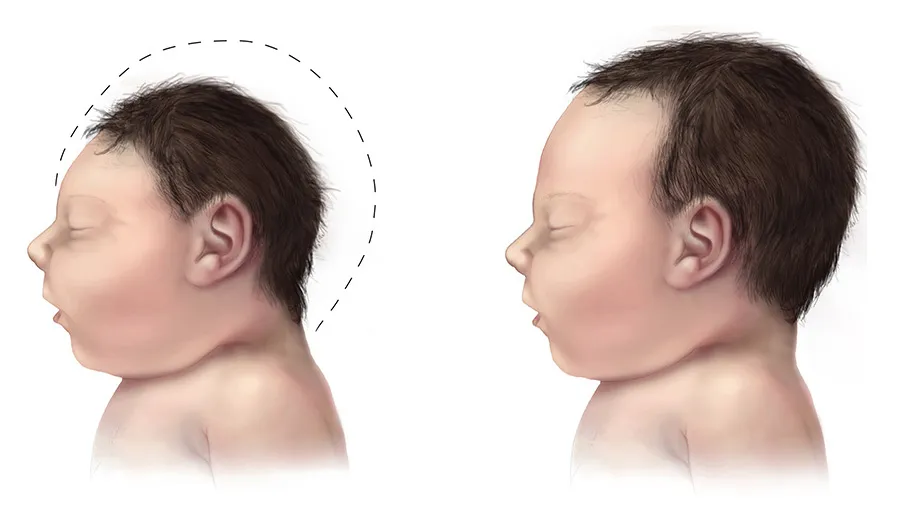In the labyrinth of medical jargon that parents often find themselves navigating, the term “pedicle” might seem like a trivial footnote. However, pedicles play a critical role in various bodily functions and surgeries, from spinal procedures to skin grafts. I am Dr. Michael Nwaneri, a pediatrician and obesity medicine specialist, and I aim to provide a comprehensive, factual, and authoritative guide to understanding pedicles.
What is a Pedicle? Breaking Down the Basics
A pedicle is a stalk or stem of tissue that serves as a connector between different parts of the body. It usually comprises blood vessels, nerves, and connective tissues. Pedicles play essential roles in both routine physiology and specialized medical procedures.
Types of Pedicles and Their Functions
- Spinal Pedicles: These connect the front and back parts of the vertebrae and are critical in spinal surgeries.
- Cutaneous Pedicles: Commonly used in reconstructive surgeries, these skin-based pedicles help transfer tissue.
- Vascular Pedicles: These involve the blood vessels and are crucial in organ transplants.
- Neural Pedicles: These connect nerve tissues and are vital in certain nerve surgeries.
Why are Pedicles Important?
Medical Procedures
- Spinal Fusion: Spinal pedicles are the focal points where screws are placed.
- Skin Grafts: Cutaneous pedicles are used to transfer skin with an adequate blood supply.
- Transplants: Vascular pedicles maintain blood flow in transplanted organs.
Routine Physiology
- Nutrient Supply: Vascular pedicles are conduits for nutrients.
- Signal Transmission: Neural pedicles help in transmitting nerve signals.
Diagnosing Issues with Pedicles
- Imaging Tests: X-rays and MRIs are commonly used.
- Biopsy: Rare but may be conducted if malignancy is suspected.
Treatment Approaches for Pedicle-Related Conditions
- Surgical Intervention: Necessary if the pedicle is causing structural issues or pain.
- Medical Therapy: Anti-inflammatory drugs for less severe conditions.
Prevention and Maintenance
- Regular Check-ups: Especially if your child has a condition affecting the pedicles.
- Nutrition: Adequate nutrients support tissue health.
Concluding Remarks: Knowledge as Your Best Tool
Understanding pedicles and their functions can offer insights into your child’s health or medical procedures they may require. As unassuming as they may seem, pedicles are remarkable structures that serve complex functions, enabling our bodies to operate like well-oiled machines.
References
- Spine-health: Anatomy of a Spinal Pedicle
- Journal of Reconstructive Microsurgery
- American Journal of Transplantation
Disclaimer: This information is intended solely for educational purposes and should not be considered as a substitute for professional medical advice.




